Beneath the Skin: Sir Anthony Hopkins; Secrets, Shadows, and the Art of Becoming
✨️ Rerun from July 2024✨️

Sir Anthony Hopkins, whose creative impact spans over six decades, has emerged as one of the most formidable figures in the arts, seamlessly blending the worlds of stage, film, painting, and music. Best known globally for his unforgettable screen presence, most notably as Hannibal Lecter, Hopkins is equally committed to the visual and musical arts, with his paintings and compositions achieving international acclaim.
Philip Anthony Hopkins was born in Margam, Port Talbot, Wales, on December 31, 1937, to Annie Muriel, a homemaker, and Richard Arthur Hopkins, a baker (“Anthony Hopkins Biography,” Britannica). Hopkins has described his childhood as lonely and difficult, shaped by introversion and a sense of otherness, fueling an early passion for both music and drawing (Itzkoff; Coveney 7). He studied piano from a young age, initially aspiring to become a concert pianist, and also spent hours sketching and painting in solitude (Rourke).
A turning point came at age 15 when he saw Richard Burton, another Port Talbot native, perform in The Druid’s Rest. Deeply inspired by Burton’s talent and charisma, Hopkins determined to pursue acting as a way to channel his creative restlessness (“Anthony Hopkins: A Biography,” Manser 18–19). He attended the Royal Welsh College of Music & Drama in Cardiff, then served in the British Army for national service, before earning a scholarship to RADA (Royal Academy of Dramatic Art) in London, where he trained from 1958 to 1960 (Coveney 34; “Anthony Hopkins Biography,” Britannica).
Hopkins’s early career was shaped by his work with the National Theatre under Sir Laurence Olivier, who recognized the young actor’s intensity and range. He frequently understudied for Olivier, eventually gaining acclaim in productions of Hamlet, Coriolanus, and Macbeth (Coveney 48–51; “Sir Anthony Hopkins,” BAFTA). These formative years established his reputation as an actor of technical virtuosity and emotional power.
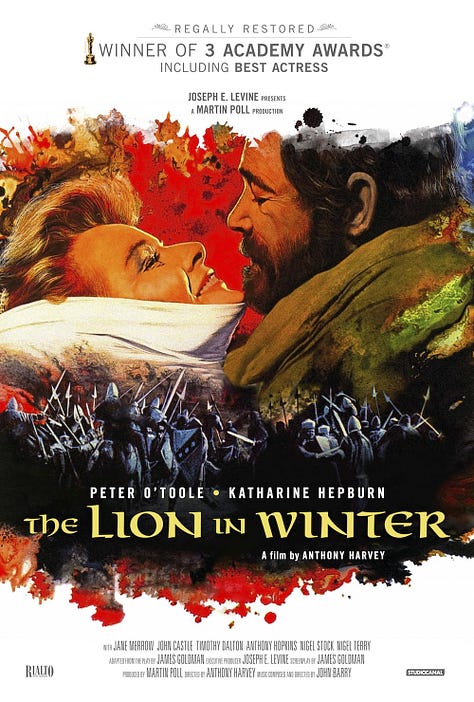
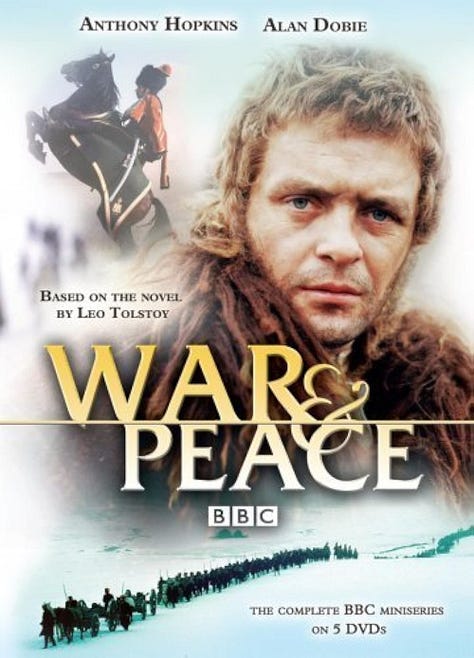
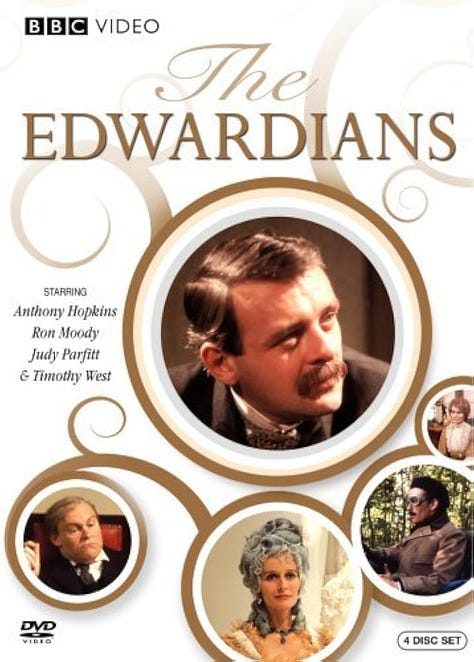
Hopkins’s film debut in Anthony Harvey’s The Lion in Winter (1968) as Richard the Lionheart marked him as a cinematic force, holding his own against Katharine Hepburn and Peter O’Toole (Crowther). Over the following decade, he balanced theater, British television, and film, taking on roles that showcased his adaptability and intensity. His BAFTA-winning performance as Pierre in BBC’s War & Peace (1972) and as David Lloyd George in The Edwardians (1972) confirmed his standing as a leading actor on the small screen (“Anthony Hopkins Biography,” Britannica).
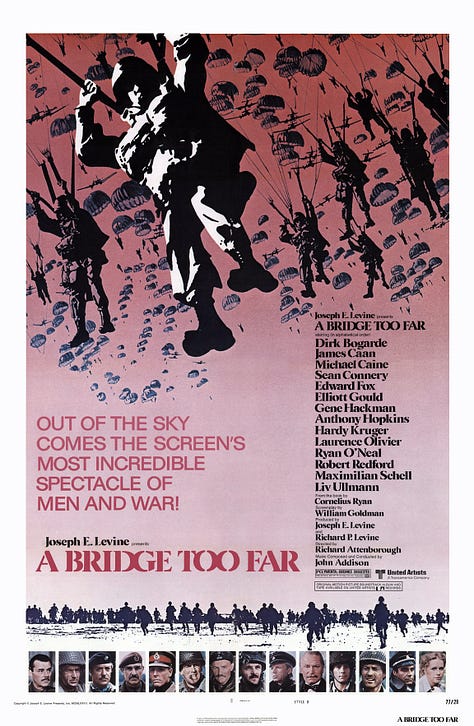



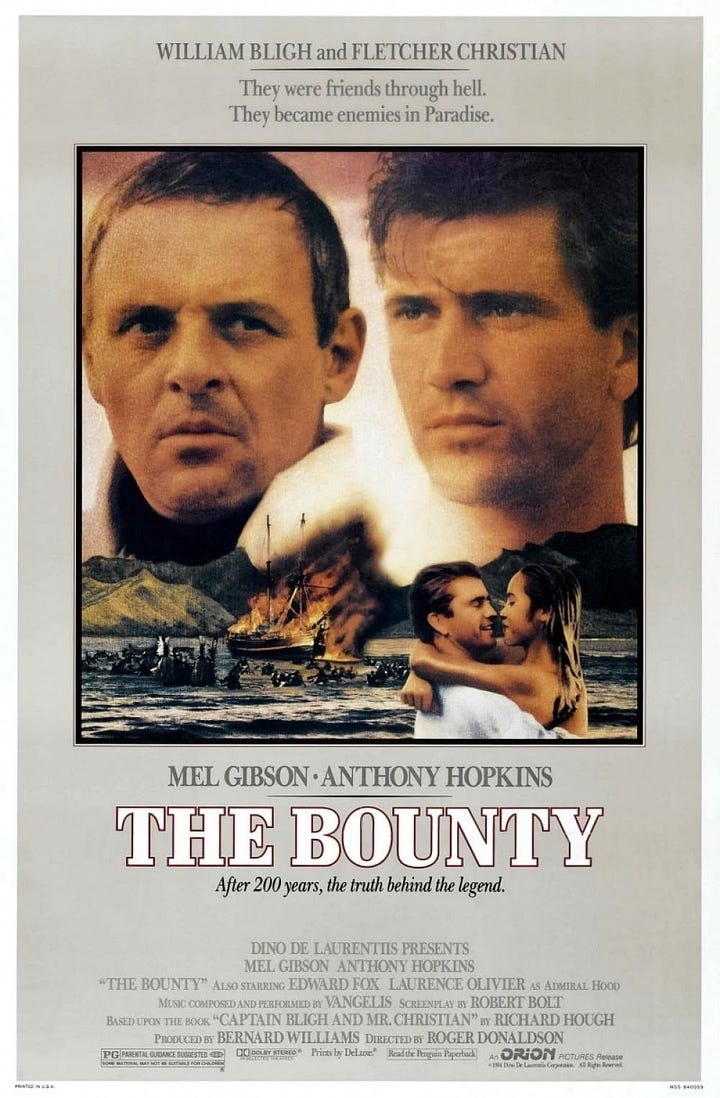
Throughout the 1970s and 80s, Hopkins appeared in A Bridge Too Far (1977), Magic (1978), and The Elephant Man (1980, television), as well as in miniseries such as QB VII (1974), for which he won an Emmy Award (“Anthony Hopkins Filmography,” BFI; Coveney 115). His portrayal of Captain Bligh in The Bounty (1984) was widely praised for its psychological depth (Ebert, “The Bounty”).
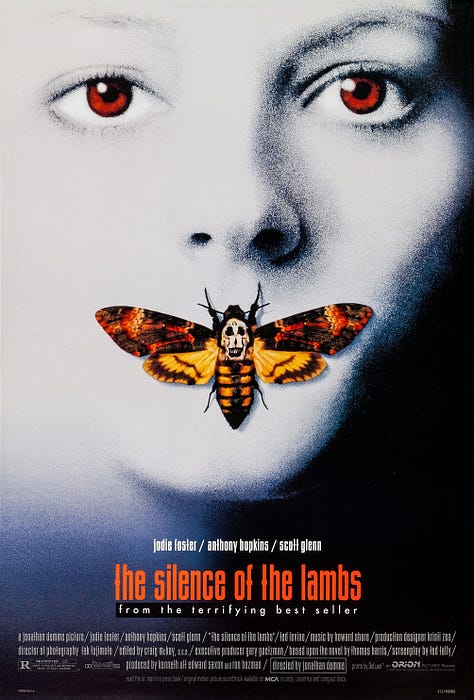
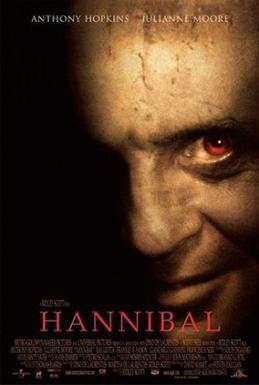
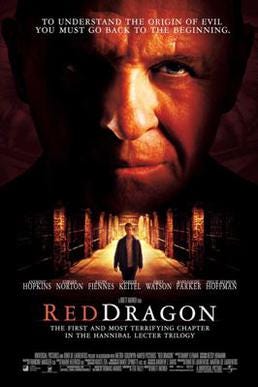
The 1990s brought Hopkins international stardom. His portrayal of Dr. Hannibal Lecter in The Silence of the Lambs (1991) was both critically and culturally seismic, earning him the Academy Award for Best Actor for a role lasting only 16 minutes on screen; one of the shortest lead performances ever to win the Oscar (Maslin; Ebert, “Silence of the Lambs”). Hopkins reprised Lecter in Hannibal (2001) and Red Dragon (2002), and was named by the American Film Institute as one of the greatest movie villains of all time (AFI’s 100 Years…100 Heroes & Villains).

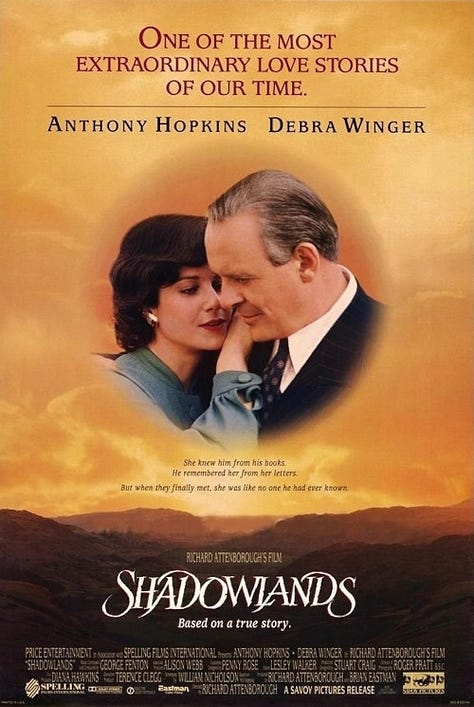
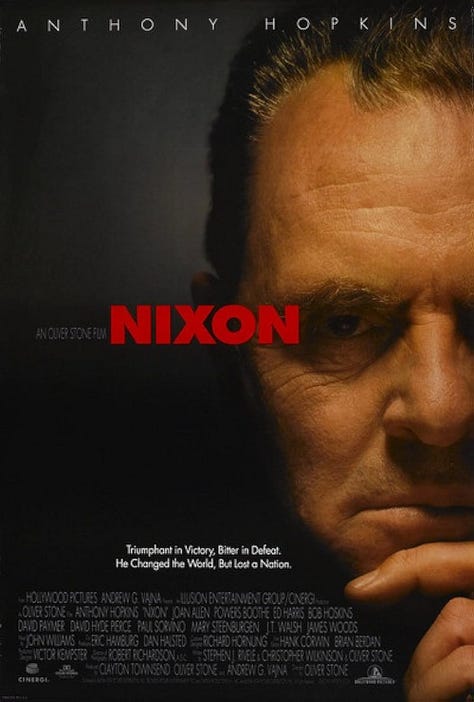
Hopkins quickly established himself as the preeminent interpreter of reserved, emotionally complex characters in period dramas: the butler Stevens in The Remains of the Day (1993), for which he won BAFTA and Oscar nominations; the repressed but passionate C.S. Lewis in Shadowlands (1993); and the tormented President Richard Nixon in Oliver Stone’s Nixon (1995), earning another Oscar nomination (Canby; Burr; Crowe).
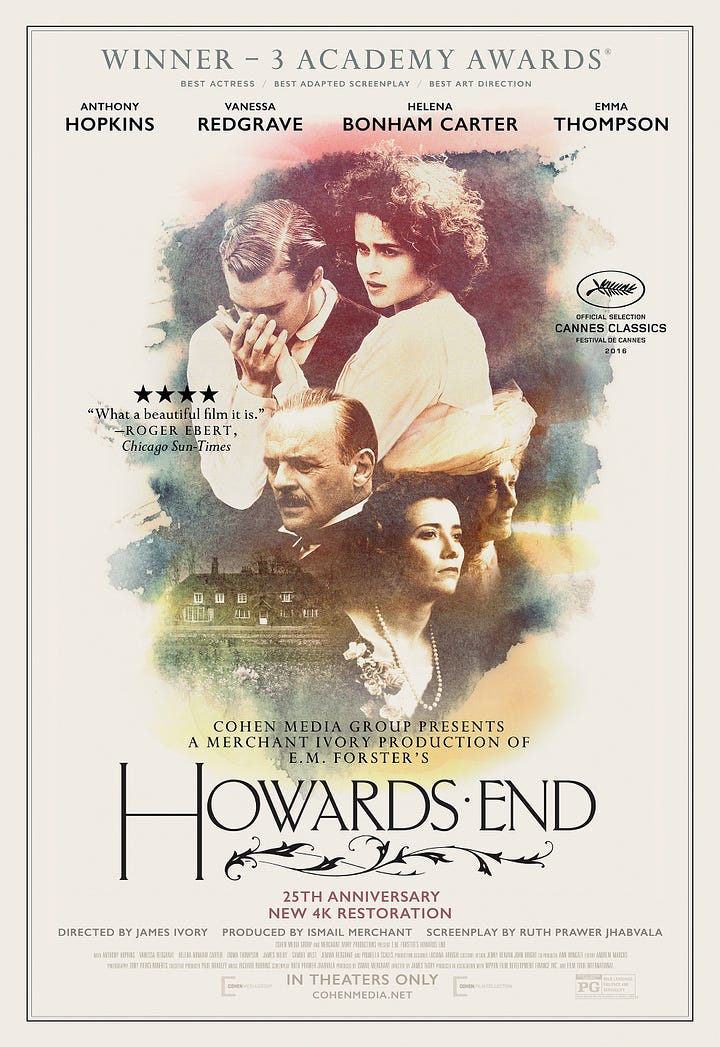

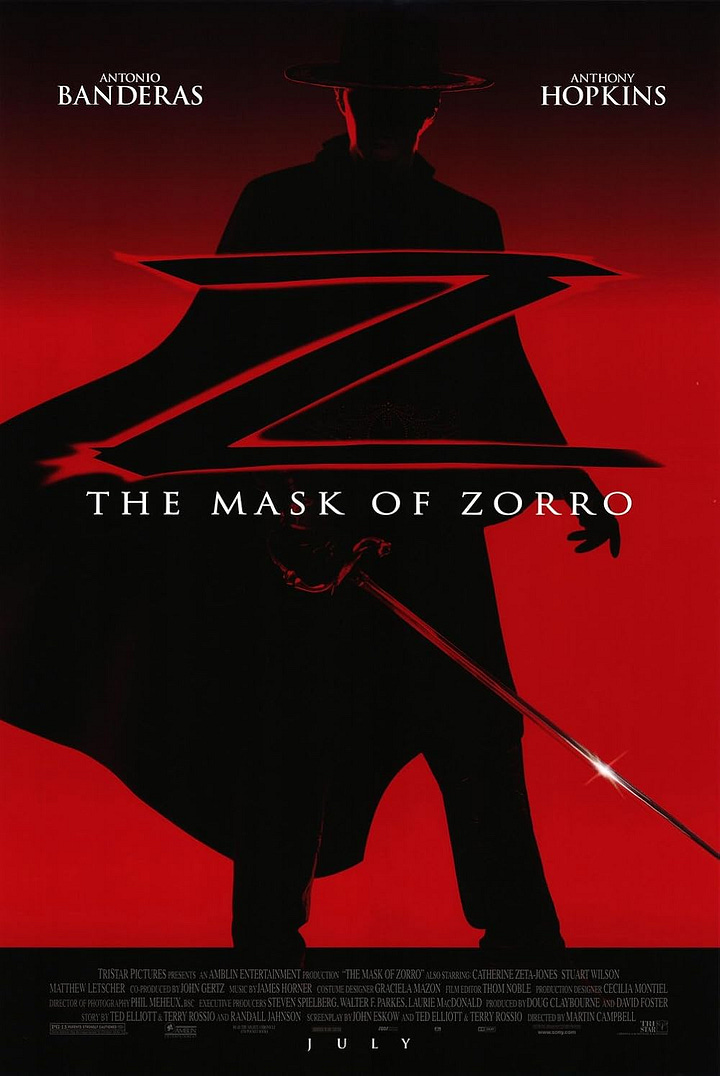
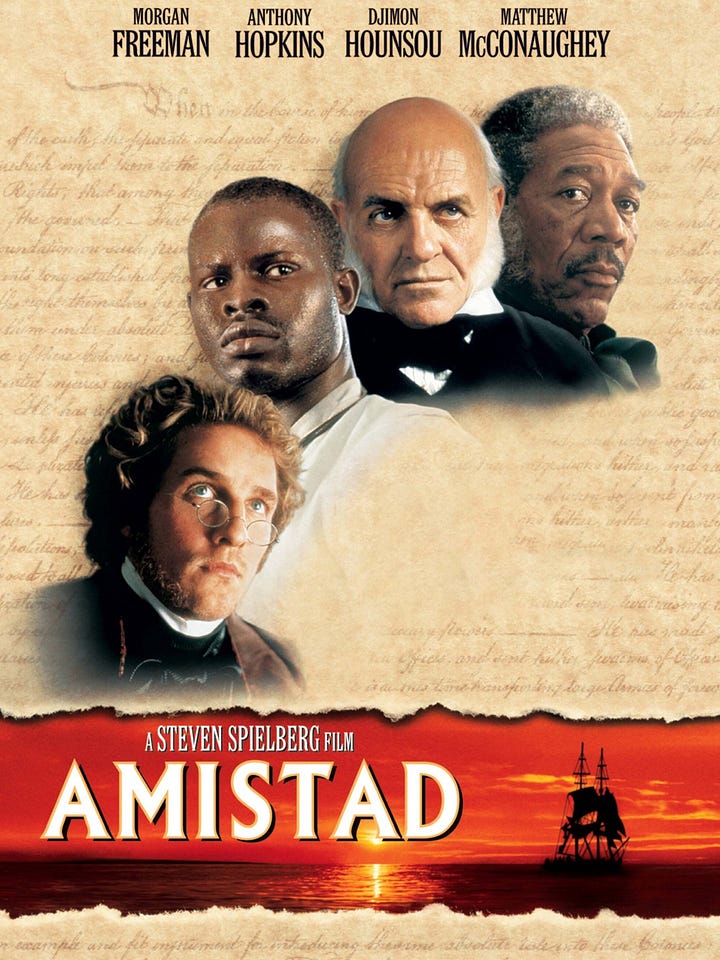
He starred in further acclaimed works including Howards End (1992), Legends of the Fall (1994), The Mask of Zorro (1998), and Amistad (1997) as John Quincy Adams (Canby; Ebert, “Howards End”; “Anthony Hopkins Filmography,” BFI).
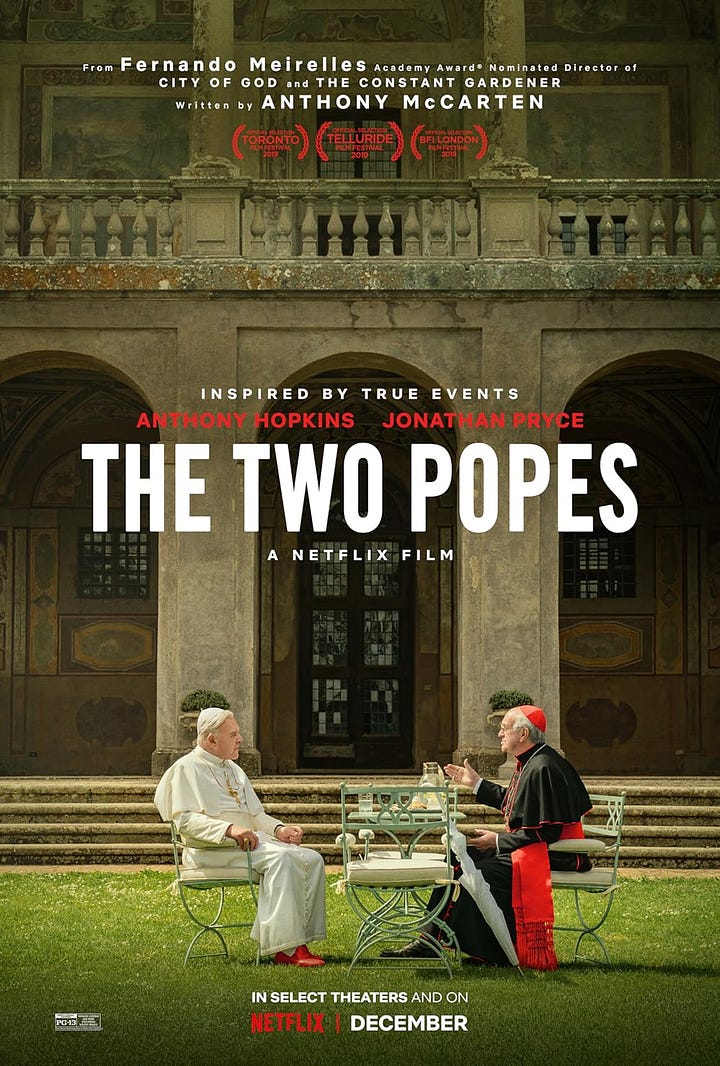

Hopkins’s later career is defined by both variety and continued excellence. He played Odin in Marvel’s Thor franchise (2011–2017), and starred in the HBO series Westworld (2016–2018), earning an Emmy nomination (“Anthony Hopkins,” IMDb; “Sir Anthony Hopkins,” BAFTA). He gave memorable performances in The Two Popes (2019), receiving BAFTA and Academy Award nominations, and in The Father (2020), for which he won a second Academy Award, becoming the oldest Best Actor winner in history at age 83 (Debruge; Oscars 2021).

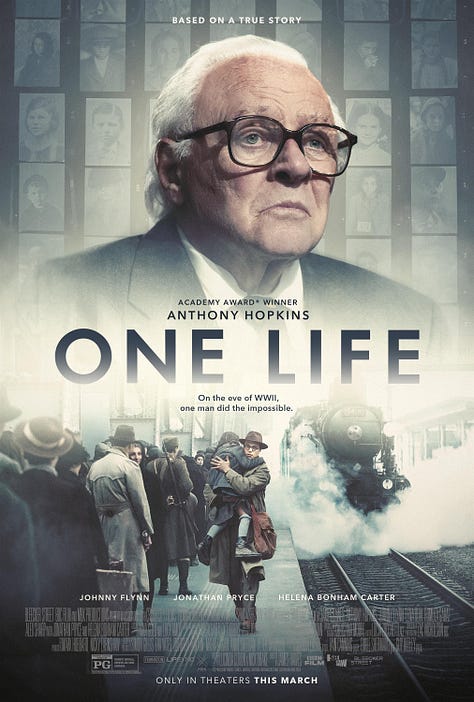
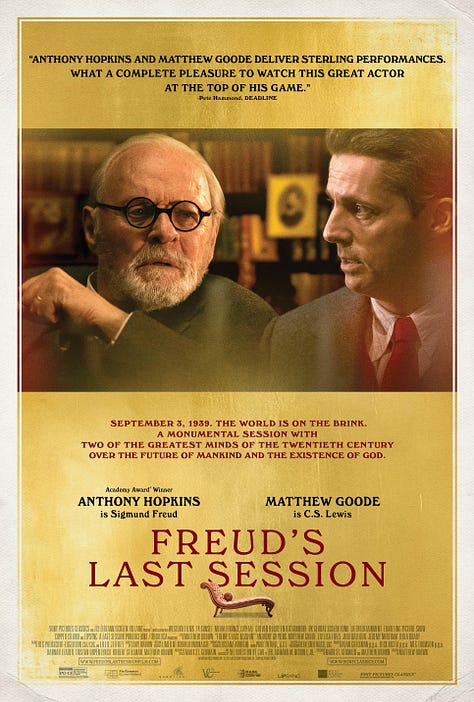
Hopkins continues to work prolifically, with recent roles in Armageddon Time (2022), One Life (2023), and the upcoming Freud’s Last Session (2024), demonstrating his range across genres and generations (Itzkoff; “Anthony Hopkins Filmography,” BFI).
Hopkins’s love for visual art dates back to his childhood, when he spent hours drawing and painting, inspired by the Welsh landscape, dreams, and the psychological intensity of painters such as Francis Bacon and Lucian Freud (Rourke; Miller). For decades, painting was a private pursuit; it became public in the late 1990s and early 2000s as Hopkins began to share his work with friends, then galleries (“Anthony Hopkins: Art,” Harte Galleries).
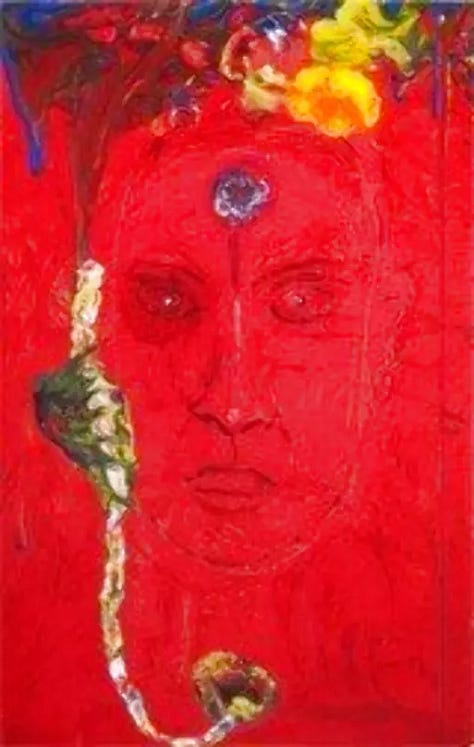

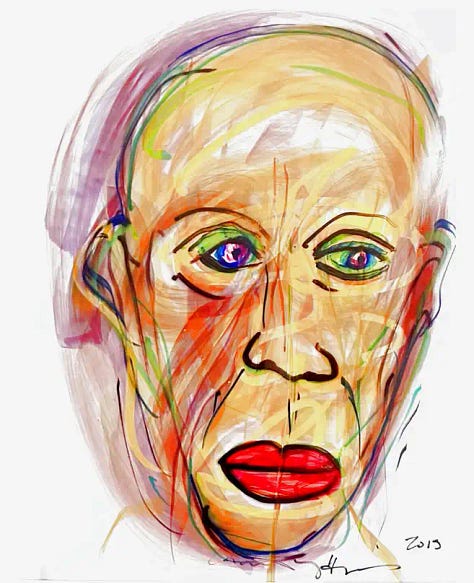
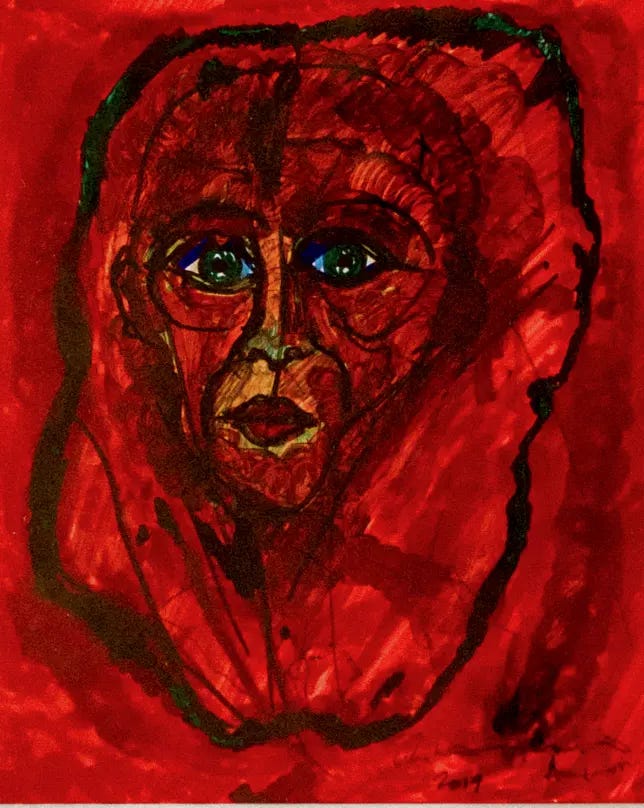
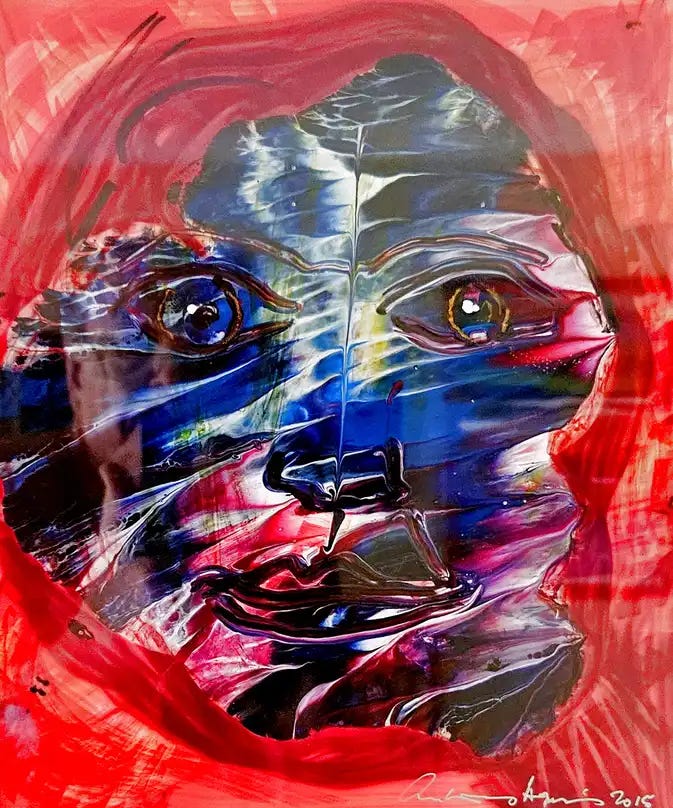
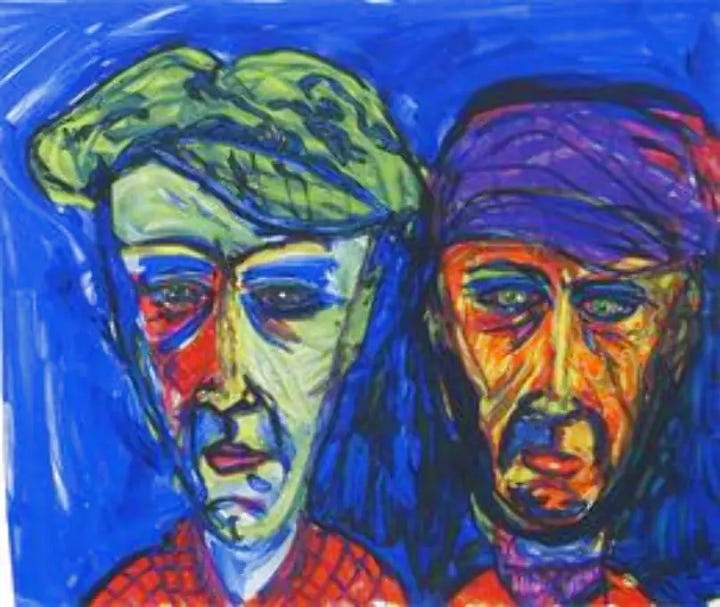

Hopkins’s painting is marked by bold, expressive brushwork, a vivid palette, and a fascination with faces, animals, and the subconscious. “I never plan my work,” he told the Los Angeles Times. “I just paint. It’s like improvising on the piano, which I also love” (Rourke).
Hopkins’s first major solo exhibition, “Anthony Hopkins: Paintings and Drawings,” opened at Harte International Galleries in Hawaii in 2005. The show featured large-scale abstract works, dreamlike landscapes, and haunting portraiture, all authenticated by the artist (“Anthony Hopkins: Art,” Harte Galleries).
Anthony Hopkins’s artwork has been exhibited at several major galleries and museums worldwide, highlighting the range and evolution of his creative vision. In 2015, the Butler Institute of American Art in Ohio hosted a major retrospective featuring over 100 paintings, including self-portraits, animal studies, and abstract works (“Anthony Hopkins: Paintings,” Butler Institute). Earlier, in 2010, London’s Piccadilly Gallery presented pieces from his “Mind’s Eye” series. In 2021, Eternal: The Art of Anthony Hopkins at Jeffrey Deitch Gallery in Los Angeles showcased over 85 new works and received critical acclaim for their “visceral color, energy, and psychological resonance” (Miller). Most recently, Anderson Contemporary in New York exhibited Hopkins’s “Dreamscapes” and “Night Creatures” series in 2022.
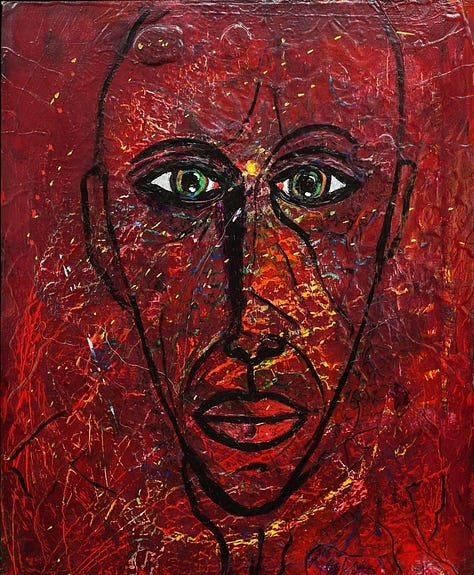

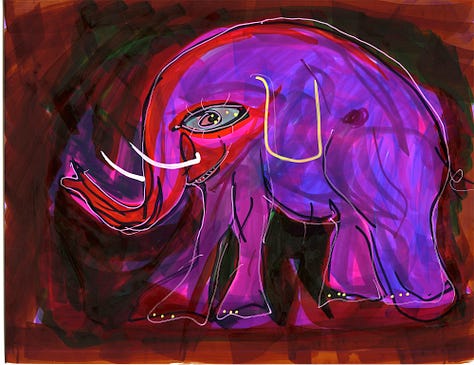
Notable paintings include Burning Desire, a deeply textured self-portrait; Through the Looking Glass, a vibrant, semi-abstract depiction of inner turmoil; and George, one of several animal portraits lauded for their emotive intensity (“Anthony Hopkins: Art,” Harte Galleries; Miller).
Hopkins’s artwork is represented in private and public collections, and is sold through authorized galleries with provenance confirmed via his official site and gallery representation.
Critics have described Hopkins’s paintings as “psychologically charged,” “unapologetically raw,” and “a visual extension of his instinctive, improvisational approach to acting” (Miller; Rourke). His influences (Bacon, Freud, Picasso, and Chagall) are evident in both figuration and abstraction, and his willingness to explore the subconscious sets his work apart from many “celebrity artists.” Reviewers highlight his restless energy, narrative quality, and ability to channel vulnerability and humor into the painted form (Miller; “Anthony Hopkins: Art,” Harte Galleries).

Hopkins’s passion for music predates his acting career. He began composing as a teenager and, in 1964, wrote the waltz “And the Waltz Goes On.” It remained unperformed for decades until André Rieu and his Johann Strauss Orchestra premiered it in Vienna in 2011 (“And the Waltz Goes On,” Decca Records). The event was widely covered and led to the Decca album Composer (2012), which features Hopkins’s orchestral and piano works (de Niese).
Hopkins’s music, lyrical, romantic, and reminiscent of 19th-century waltz composers, has been performed in Europe and North America, with critics noting its “melodic richness and emotional sincerity” (de Niese; “Anthony Hopkins: Composer,” Classic FM).
He continues to compose and improvise piano music, sharing impromptu performances on his Instagram and YouTube channels (“Anthony Hopkins,” Instagram).
Sir Anthony Hopkins became a naturalized U.S. citizen in 2000 and was knighted by Queen Elizabeth II in 1993 for his services to drama (“Sir Anthony Hopkins,” BAFTA). He has spoken candidly about his lifelong struggle with alcoholism and sobriety since 1975, inspiring others with his openness and advocacy for mental health (Itzkoff).
A passionate advocate for animal rights and humanitarian causes, Hopkins donates proceeds from art sales to charities including UNICEF, Save the Children, and animal welfare organizations (“Anthony Hopkins: Art,” Harte Galleries).
Hopkins’s legacy is both public and personal: two Academy Awards, four BAFTA Awards, two Emmys, and a vast catalog of performances, paintings, and musical compositions attest to a career of relentless exploration, creative risk, and emotional truth (“Sir Anthony Hopkins,” BAFTA; “Oscars 2021”).
Sir Anthony Hopkins is an artist in the truest sense; a creator whose curiosity, discipline, and vulnerability have produced masterpieces across multiple mediums. From his formative years in Wales to his global renown as an actor, painter, and composer, Hopkins has never stopped seeking new ways to communicate the mysteries of human experience. His films have redefined the limits of performance; his paintings and music, once private, now reach global audiences hungry for authenticity and courage. Hopkins stands as a testament to the enduring power of creative transformation, and his legacy will remain vital for generations to come.
References:
AFI’s 100 Years…100 Heroes & Villains. American Film Institute, 2003, www.afi.com/100years/handv.aspx.
Burr, Ty. Hopkins’ Shadowlands Brings C.S. Lewis to Life. The Boston Globe, 24 Dec. 1993.
Butler Institute of American Art. Anthony Hopkins: Paintings. Butlerart.com, 2023, https://butlerart.com/exhibitions/anthony-hopkins/.
Canby, Vincent. Film Review: The Remains of the Day. The New York Times, 5 Nov. 1993, https://www.nytimes.com/1993/11/05/movies/review-film-the-remains-of-the-day.html.
Coveney, Michael. The World According to Hopkins. Orion, 1994.
Crowe, Cameron. Interview: Anthony Hopkins. Rolling Stone, 10 Dec. 1998.
Crowther, Bosley. Review: The Lion in Winter. The New York Times, 23 Oct. 1968.
de Niese, Danielle. Anthony Hopkins: Composer. BBC Radio 3, 2012.
Debruge, Peter. Oscars: Anthony Hopkins Makes History With Second Best Actor Win for The Father. Variety, 25 Apr. 2021.
Ebert, Roger. Howards End. RogerEbert.com, 13 March 1992, https://www.rogerebert.com/reviews/howards-end-1992.
Ebert, Roger. The Bounty. RogerEbert.com, 1984, https://www.rogerebert.com/reviews/the-bounty-1984.
Ebert, Roger. Silence of the Lambs. RogerEbert.com, 1991, https://www.rogerebert.com/reviews/silence-of-the-lambs-1991.
Harte International Galleries. Anthony Hopkins: Art. Hartegalleries.com, 2024, https://www.hartegalleries.com/anthony-hopkins/.
IMDb. Anthony Hopkins. IMDb.com, 2024, https://www.imdb.com/name/nm0000164/.
Itzkoff, Dave. Sir Anthony Hopkins, Forever. The New York Times, 2 Jan. 2021, https://www.nytimes.com/2021/01/02/movies/anthony-hopkins.html.
Manser, Martin H. Anthony Hopkins: A Biography. Little, Brown, 1995.
Maslin, Janet. Film Review: Silence of the Lambs. The New York Times, 14 Feb. 1991, https://www.nytimes.com/1991/02/14/movies/review-film-silence-of-the-lambs.html.
Miller, M.H. Anthony Hopkins, Artist. Los Angeles Times, 15 Aug. 2021, https://www.latimes.com/entertainment-arts/story/2021-08-15/anthony-hopkins-art-show-jeffrey-deitch.
Oscars 2021: Anthony Hopkins Wins Best Actor. Academy of Motion Picture Arts and Sciences, 25 Apr. 2021, https://www.oscars.org/oscars/ceremonies/2021.
Rourke, Mary. Anthony Hopkins: His Life and Art. Los Angeles Times, 19 July 2021, https://www.latimes.com/archives/la-xpm-2021-jul-19-ca-hopkins-art-story.html.
Sir Anthony Hopkins. BAFTA, 2023, https://www.bafta.org/heritage/features/anthony-hopkins.
The Two Popes. BAFTA, 2020, https://www.bafta.org/film/awards/nominees-2020.
And the Waltz Goes On. Decca Records, 2011, https://www.deccaclassics.com/en/releases/and-the-waltz-goes-on-2227.
Anthony Hopkins Biography. Encyclopedia Britannica, 2024, https://www.britannica.com/biography/Anthony-Hopkins.
Anthony Hopkins Filmography. British Film Institute, 2024, https://www2.bfi.org.uk/films-tv-people/4ce2b9f5e3eb5.
Anthony Hopkins. Instagram, 2024, https://www.instagram.com/anthonyhopkins.




I just watched a video of his waltz being performed in Vienna by an orchestra for the first time (André Rieu and his Johann Strauss Orchestra ) where Anthony Hopkins was in the audience - it was beautiful.
Thank you.